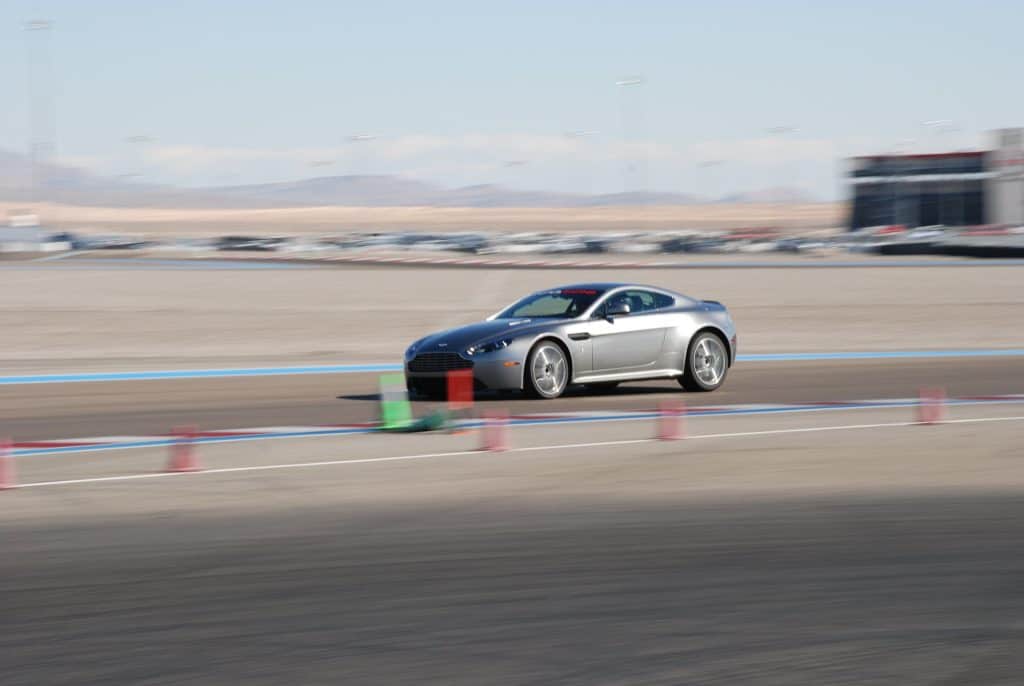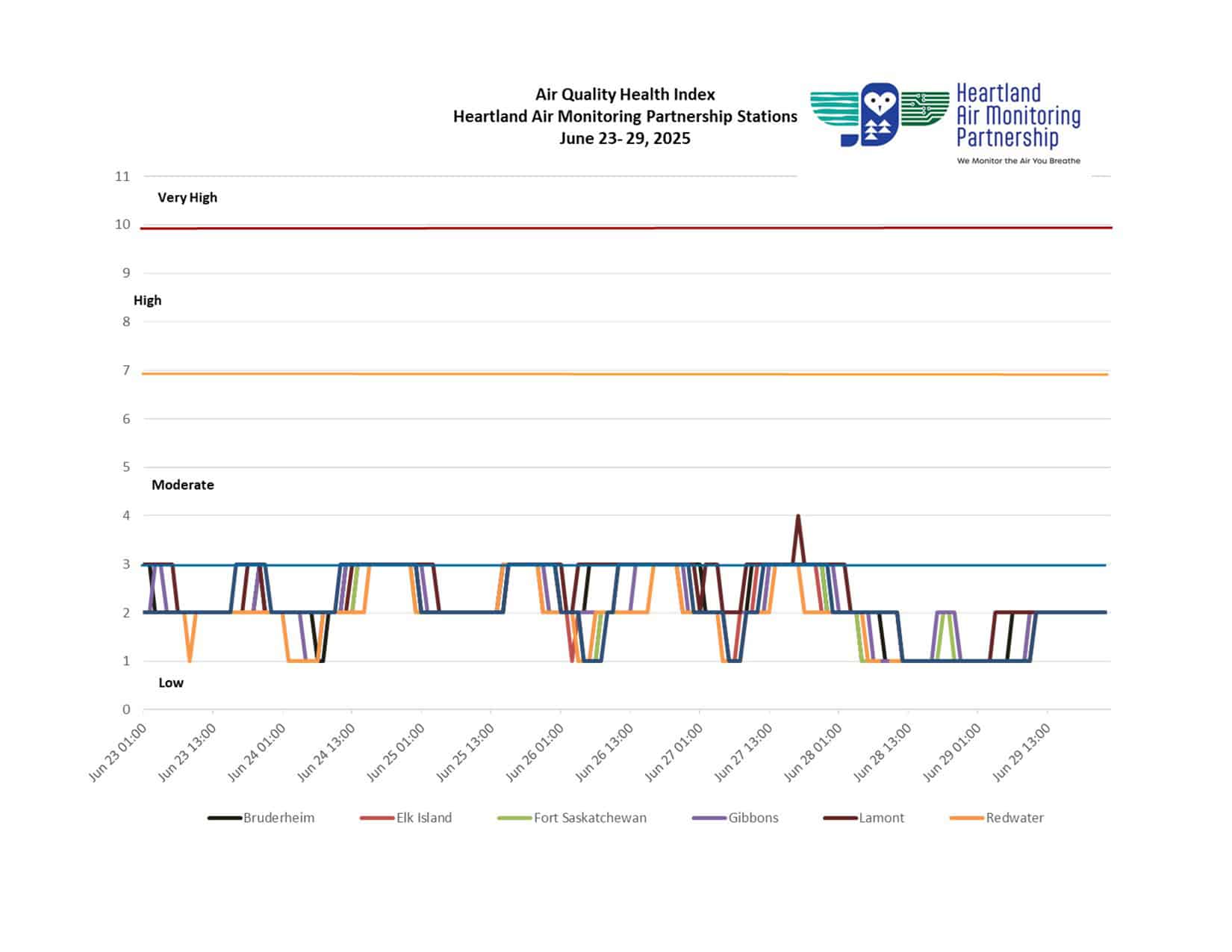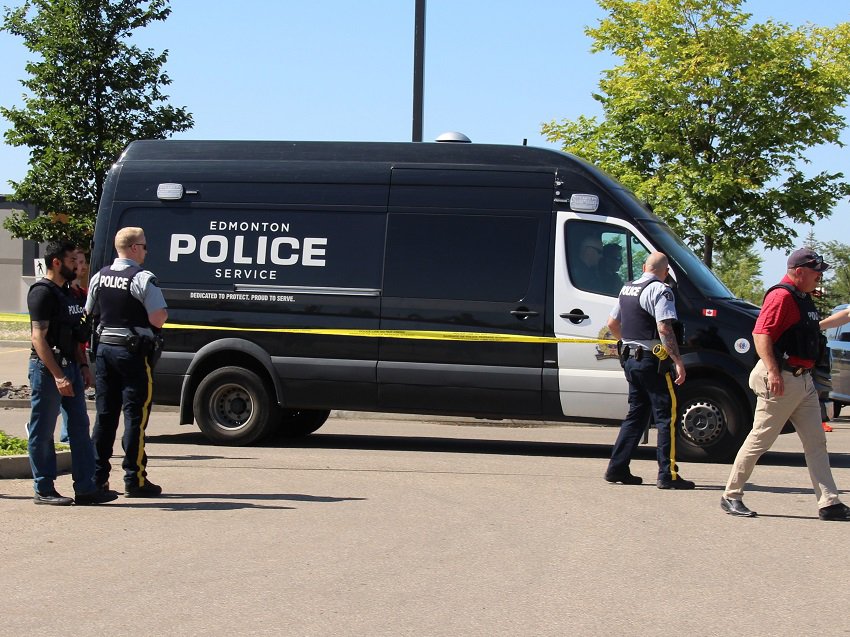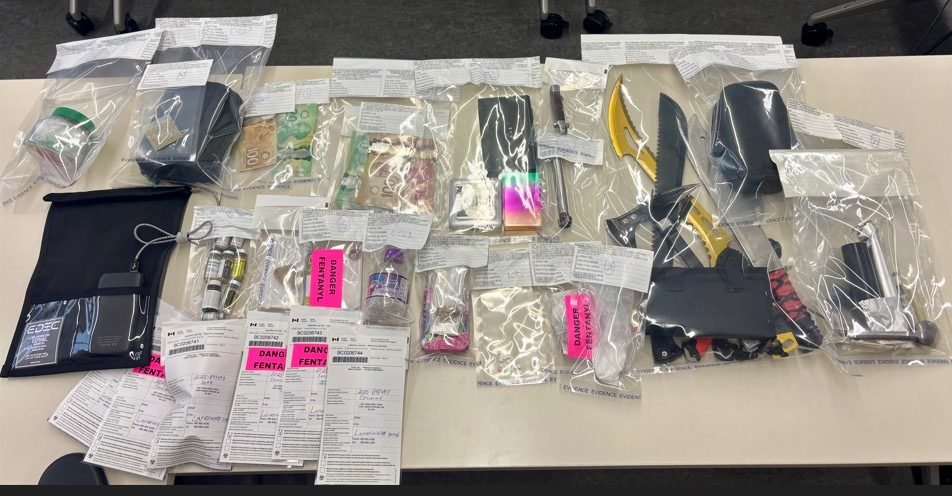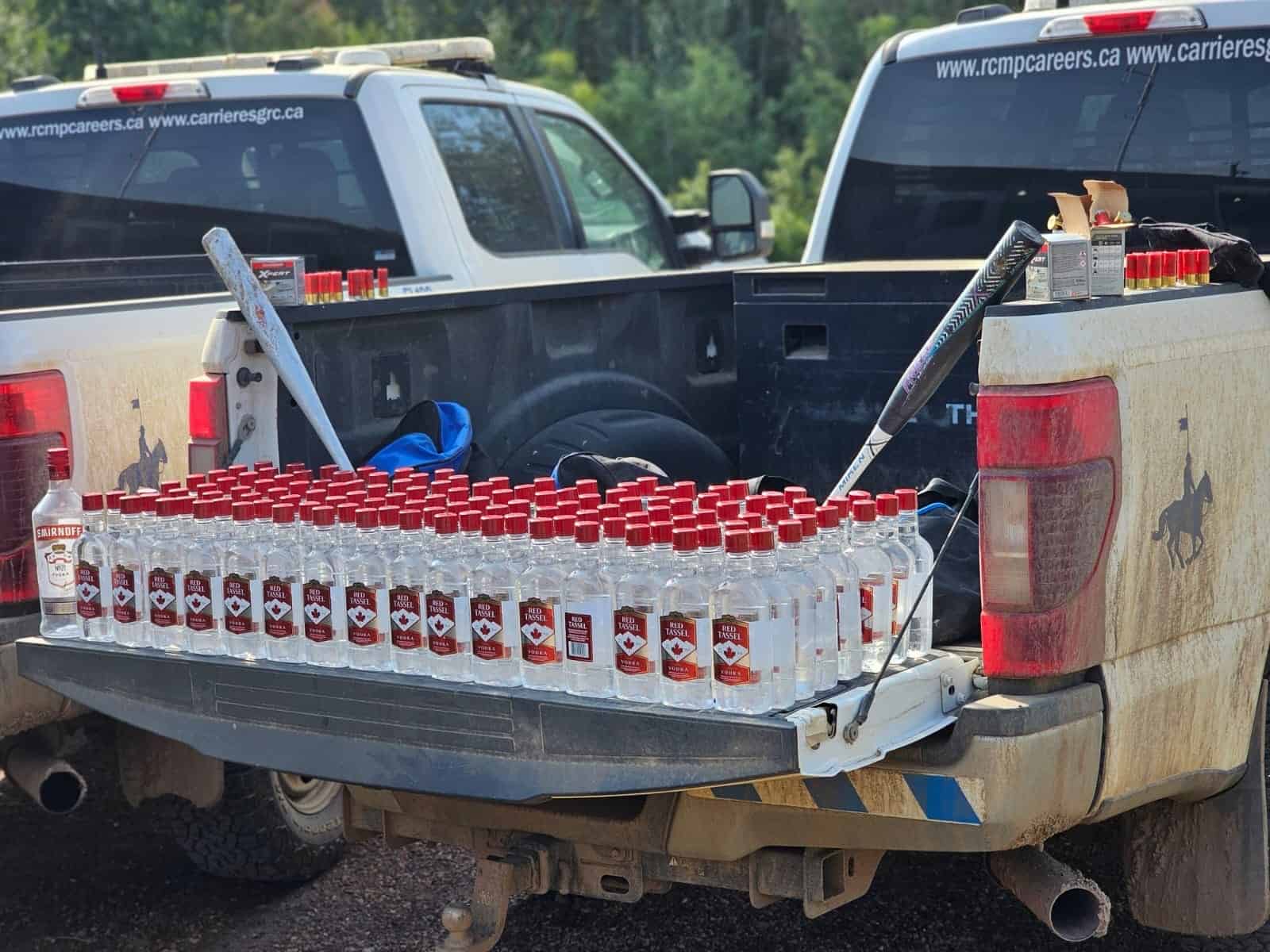Much to the relief of fabled speed demon and photo radar ticket magnet Rob Christie, Alberta’s notorious photo radar cash cow has finally run out of gas. Starting April 1, the provincial government is shifting gears on Automated Traffic Enforcement (ATE), limiting its use to school, playground, and construction zones while cutting off so-called “fishing hole” speed traps on highways and connectors.
For years, Alberta led the country in photo radar use, raking in millions in fines without clear evidence of improved traffic safety. Now, in a move that’s sure to have lead-footed drivers breathing a sigh of relief, the government is pulling the plug on speed-on-green ticketing and tightening the rules on ATE placement.
“We have officially killed the photo radar cash cow,” said Transportation Minister Devin Dreeshen. “Enforcement should be about safety, not squeezing drivers for cash.”
While photo radar is shifting into the slow lane, a new $13-million Traffic Safety Fund is revving up to help municipalities improve high-risk intersections. The fund will steer money into road upgrades over the next three years, ensuring a smoother and safer ride for Albertans.
Municipalities hoping to keep photo radar outside of school and construction zones will need to prove it’s necessary with a detailed business case—and commit to regular audits to ensure it’s actually reducing collisions, not just burning rubber on taxpayers’ wallets.
With these changes, Alberta is finally putting the brakes on what many saw as a revenue machine disguised as road safety enforcement, ensuring photo radar is used where it matters most—not just where it’s most profitable.


